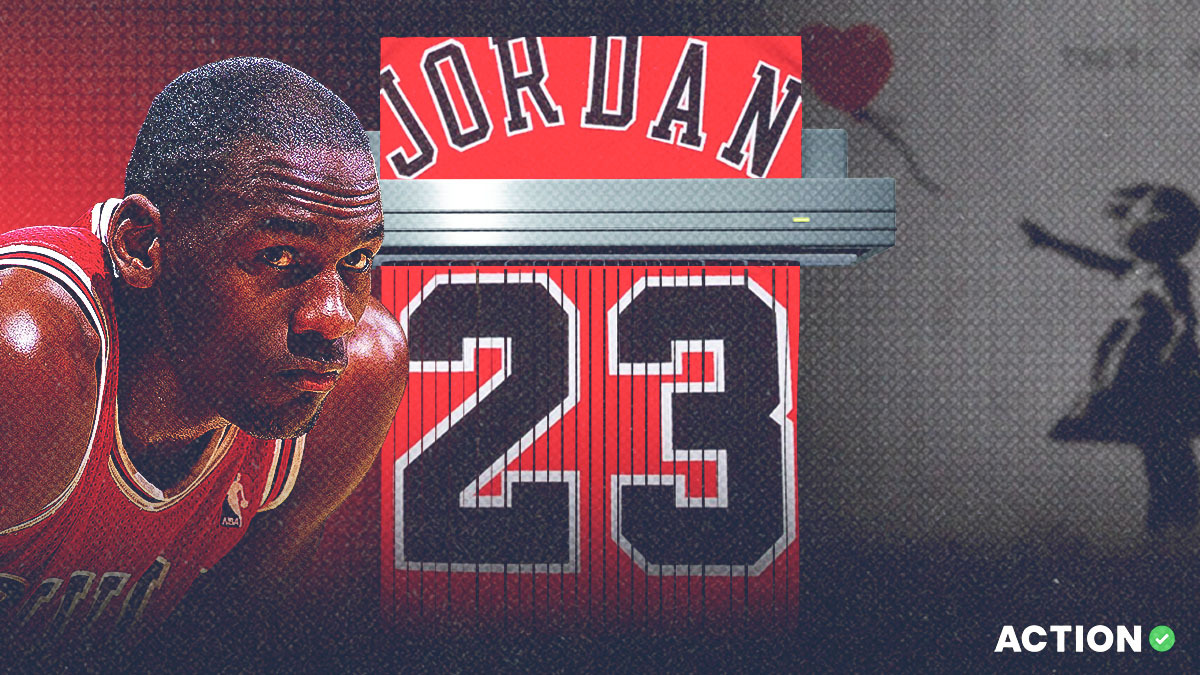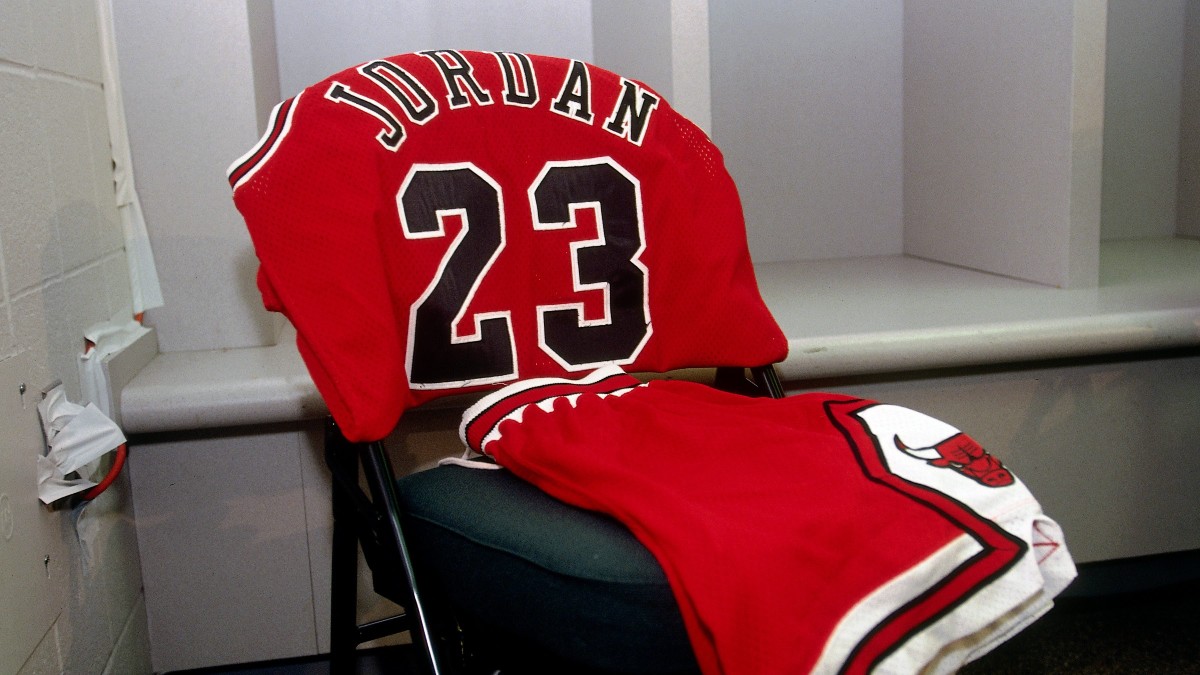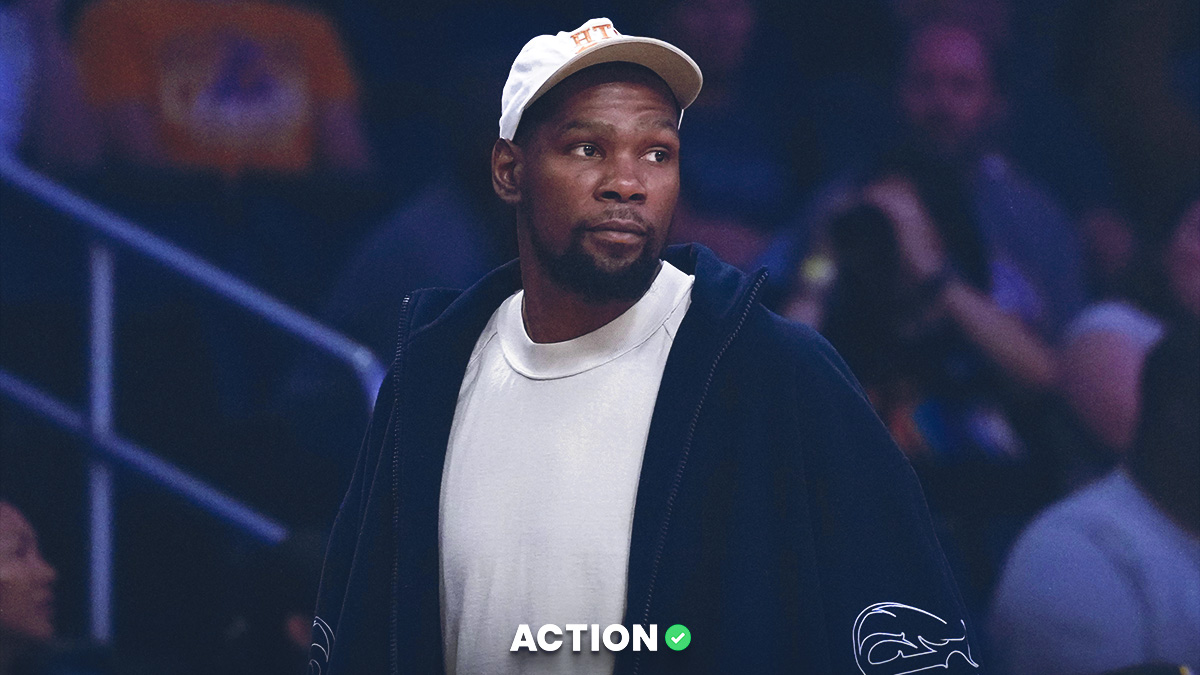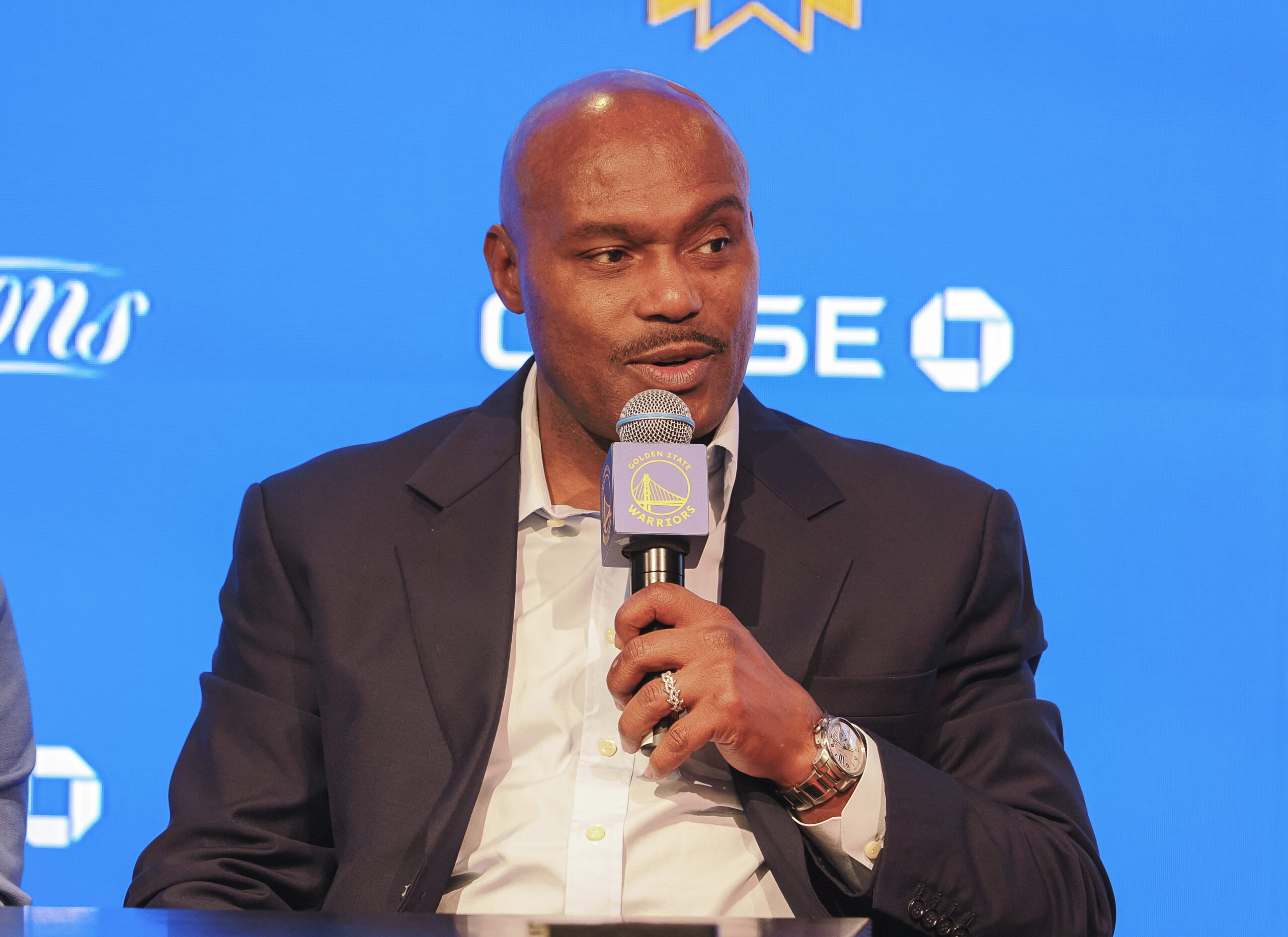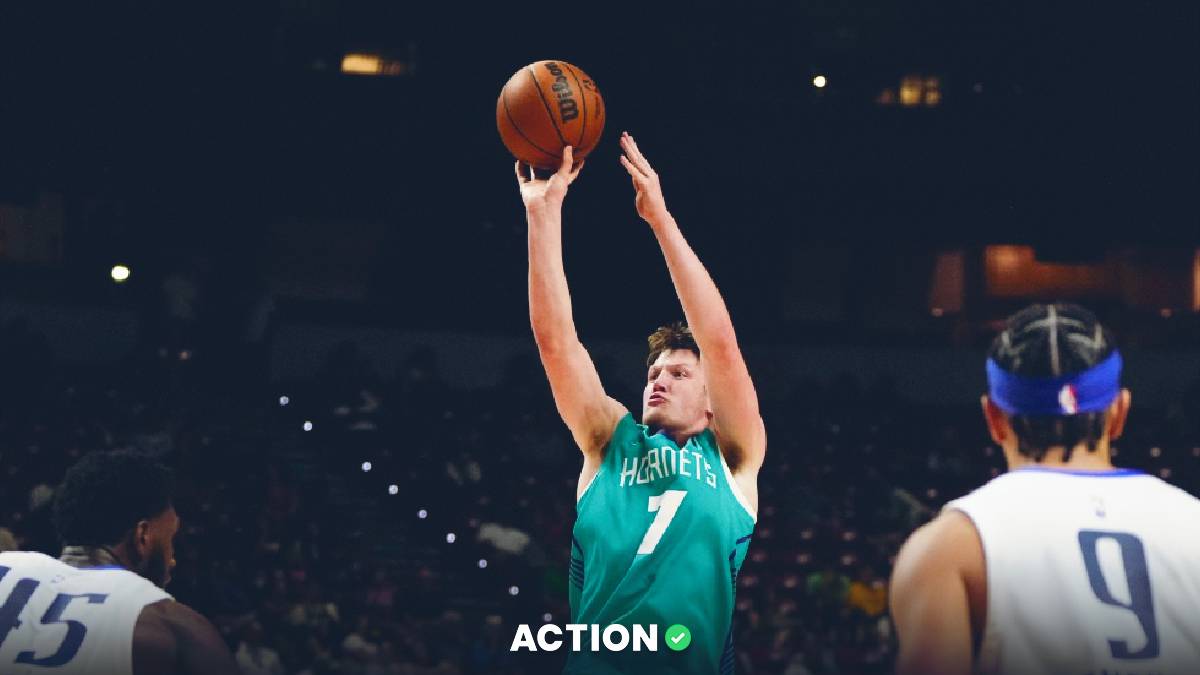In June of last year, a $150,000 card trade went down just past lunch time at a table inside a McDonald’s in Sydney, Australia.
A long time collector was trading two of his best Michael Jordan cards for a 1986 sealed Fleer basketball box, home to MJ rookie cards.
Both parties arrived on time and the exchange went flawlessly. Nothing was out of the ordinary, until the next day when the collector with the box froze.
He stared at the business card the man had given him. It had the phone number of the man who he traded the box to.
“Is there any insight that you can provide one with, and why you picked me as part of this scam?” he DM’d the man on Instagram.
Within minutes, the man who called himself Johnathan Studdart, had deleted his Instagram (The.apollo.11) and any form of communication that the man had.
Two months later, at the National Sports Collectors Convention in Atlantic City, the man went up to Steve Hart of Baseball Card Exchange — the company that authenticates and wraps sealed boxes — and asked him to look at his box of 1986 Fleer that BBCE had apparently sealed. It came with a letter from the company, had the classic wrap with the BBCE logos and a sticker on the back.
“It was definitely resealed and the man who committed the fraud made a major mistake,” Hart said. “For the authentication sticker, he used the same number as the one we had as an exemplar on our website. We never used that number on a real box.”
Hart didn’t have any leads for the man, other than knowing that he sent product — strangely sealed boxes of 1983 Olympic cards — to a man in Melbourne. His business was Art Fido and his name was Juan Garcia.
The case, like so many, went cold. So many different names and pictures of what he looked like. So many different social handles. Forever shifting eBay IDs. And every time the fraud was close to being discovered, he was gone.
But like any fraudster, there were patterns that made it seem like he liked being chased. His name was either Juan, John or Johnathan and he hid behind the sites he built like Cardporn or Art Fido, both the sites that at various times in its life sought to be a “watchdog” from the bad. The notion that he was fighting against evil helped provide cover — a move straight from the Bernie Madoff playbook, who volunteered his time for financial regulatory oversight.
The run could have gone on forever. But a careless screw up unraveled his act.
On Aug. 8, Juan Garcia strolled into MeiGray’s offices in New Jersey with a game-used Michael Jordan jersey, sources said.
The jersey had been in MeiGray’s office just eight months prior. Using the photo archives that was available, MeiGray couldn’t find a photomatch that would have ballooned the jersey's value. So that collector put the jersey back onto the market shortly afterward.
It sold for nearly $27,000 as game-used but with no specific match.
Garcia represented to MeiGray execs that he had found his own match to Games 3 and 4 of the 1996 Eastern Conference Finals, thanks to finding, and then buying two photos from a late photographer’s foundation, the Tony Ranze Foundation.
MeiGray looked at the photos that were provided to them, thought they had communicated with a person from the charity, then affirmed the match.
When collectors pointed out that nothing else available showed a match, including grainy TV footage, MeiGray stood by its authentication, until an email sent by the Ranze Foundation to this reporter seemed fraudulent and everything started to unravel.
Tony’s son Nick, who works in cybersecurity took the call at nearly midnight. He told The Action Network his father never created a foundation and didn’t have a photo archive. The foundation was also created in July 2023 — 17 years after Tony Ranze's death, and without the knowledge of the family.
The Action Network published the story on Aug. 31. Within hours, the foundation's website was taken down.
So too was Cardporn's Twitter account with 112,000 followers, Garcia’s personal Instagram handle Juany, his LinkedIn page, phone numbers people had for him no longer worked and his Whatsapp went dark.
MeiGray froze their authentication — the photos were likely faked too, they thought.
That’s when the connections started to be made.
Last week, the man who traded the 1986 Fleer Box was sent a post on a Blowout Cards Forum, posted in July 2021, saying to stay away from a guy named Juan Garcia.
The poster had bought a 1985 Michael Jordan signed Star rookie card from Garcia in a silver Beckett graded soft case — the card, the signature and authentication likely all faked.
In the post from three years ago, he posted Garcia’s address in Melbourne.
The address matched the address Steve Hart was sending BBCE product to and Garcia — who at some point had the gaul to tell Hart he was going to buy a 1986 Fleer box.
Hart had told the man who wound up with the Fleer box, likely tampered with and free of Jordans, that address, and he remembered it when it popped up.
Recall those 1983 Olympic cards, which are close to worthless. Why would Garcia pay $300 for them?
Once Hart found out about the fraud, he figured it out.
“The rack pack boxes were the biggest things we sold, so it gave him the biggest piece of our wrapping he could work with,” Hart said.
The man who had been defrauded then revisited the recording from his phone that he made when the transaction happened inside the McDonald’s and listened to the man’s voice. He said he got help from a Cardporn critic who compiled a short video of Garcia’s accent.
“I wasn’t certain it was him until I heard that,” he said.
The Action Network reviewed a video his wife secretly recorded in the McDonald’s parking lot that included roughly 15 seconds of a man who pawned off the Fleer box going to his car. Four people who had seen Garcia up close at the recent National in Chicago confirmed to the Action Network that the video at the McDonald’s in Sydney is indeed Garcia.
Many were surprised that Garcia even showed up to sport card's biggest annual exhibition, the National. Sources said Garcia had the gaul to approach PSA's lead photo authenticator Henry Yee to see if Yee could authenticate the doctored Jordan game-used photos. Yee declined.
Were these his only missteps?
It’s not known. But auction houses who had Garcia has a consignor are retracing their steps.
Ken Goldin of Goldin Auctions sold roughly $138,000 worth of memorabilia for Garcia in his auctions out of $350 million in total sales. Goldin said that what Garcia sold at the auction house was double certed so he’s not worried about authenticity.
He set up Goldin's 1986 Fleer box break with Drake, a broadcast that commanded many eyeballs. Garcia flew with Goldin on a private plane to see it through.
“For the most part, I hated him and he hated me,” Goldin said. “When my Netflix show came out, he bashed it.”
Goldin might have dodged a bullet.
As part of his consignment to Goldin, Garcia gave him two pieces of Banksy art.
One was called “Warning Sign,” which featured a plane about to hit the Twin Towers. When Goldin saw it, he told Garcia he couldn’t sell it. A second Banksy was also pulled.
Sources said Garcia first tried to sell the Banksys privately for $1.25 million each. When he couldn’t, he went to Goldin with reserves of past $800,000. When Goldin passed, Garcia took them to Heritage Auctions in Dallas, where he took a further haircut. They sold for just $362,500 each.
Pest Control, Banksy’s official authentication group, was reviewing the pieces and certs sold in Heritage, which was doing its own work.
"In light of your initial inquiry, our Urban Art experts and leadership team have been working diligently to access and reevaluate our cataloging and attributions of these pieces," said Heritage's Chris Ivy.
But this is more cause for concern.
Garcia owns a company called artFido, which at one point purported to be the go-to auction site for independent artists. The company claims that "when Banksy wanted to break his infamous shredded painting footage, he went to artFido. True story, trust us. (The real Banksy.)”
When asked about the story, a member of the Pest Control team replied, "not true."
Of all those who has been defrauded, MeiGray is the most quiet. On Tuesday, the released a statement stating the obvious — that they were hoodwinked by a con who produced falsified documentation and doctored photos — and have pulled their certification letter.
They also said they are considering legal action.
As for the case of the 1986 Fleer box trade that went cold at the local Sydney police department due to lack of information — it was revived by the department this week.
The questions now are: How many more pieces of fraudulent activity have taken place? And can authorities in the U.S. and Australia work together to track Juan Garcia down?


